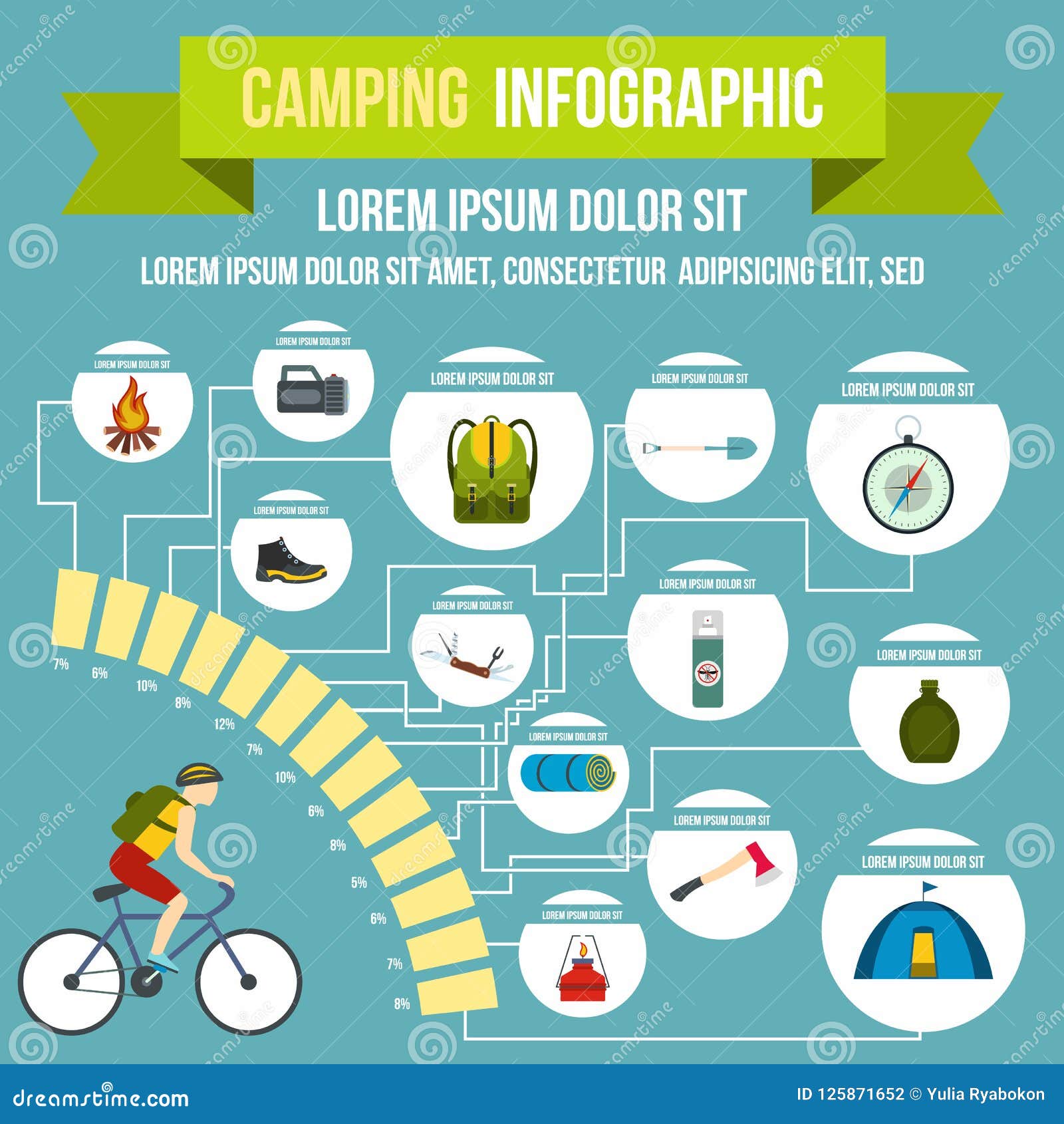The Grip Drawback is a basic and protected way to establish camping tent guy lines. It's additionally an excellent technique for backing out a persistent camping tent peg. It can additionally be utilized to create a flexible tarp individual line where the modification is made at the tent/tarp end. It's useful in high winds as it does not slip.
1. Bowline
Bowline is a knot that makes a loophole at one end of a rope. It's simple to connect and untie, and it withstands jamming rather well.
It's likewise an excellent knot to use for joining two lines together, although it's usually recommended that you use a various strategy (such as a sheet bend or square knot) for this objective, to stay clear of having both separate bowlines use against each other in time and weaken the line.
One potential problem with bowlines is that they can conveniently jam or bind if the functioning end is inaccurately gone through the rabbit hole. Several critical failures have actually been reported as a result of this, specifically when utilized in climbing applications. To help prevent this from taking place, you can make a left-handed bowline by passing completion around the standing part of the loophole rather than through it, as received the computer animation listed below. This variation reportedly performs better and holds up against ring stress (a distending force applied either side of the knot) far better than the common bowline.
2. Hold Hitch
Making use of these clutching hitches to secure your individual lines aids you prevent the problem of your line jamming while readjusting or tightening them. They are additionally helpful when attaching a line to a things that is more challenging to reach than your standing end, such as a tree or large support item.
The Grip Drawback is a friction knot that can be easily changed up or down the line while slack however holds firm under load. It serves for tensioning ridgelines or person lines and for camping applications to secure tarpaulins or camping tents.
To tie the Grasp Drawback, pass the working end around the standing component twice and tuck it under itself. To tighten up, pull on the working end to develop a bight and after that use the bight to safeguard the knot to itself. For added security, you can cover the working end around the standing component three times to increase rubbing and avoid the drawback from slipping under lots.
3. Midshipman's Hitch
Additionally referred to as the Taut Line Drawback (ABOK # 1856, p 310), Flexible Hitch, or Rigger's Drawback this knot creates a flexible loop at the end of a rope that can be glided up and down the standing end yet still holds firmly when tightened up. It is likewise easy to untie while under load.
Ashley suggests this knot for a tent person line because unlike the bowline it can be linked while under load and is much less prone to turning. It also develops an intermediate Awning Hitch that can take the preliminary load while connecting the last Half Drawback
To use this knot cover the working end around an item such as a post or cleat. Next pass it back towards the object with the first Half Drawback producing a 2nd Awning Hitch. Lastly coating connecting the last Half Hitch and draw hard to dress and tighten up. For additional safety and security cover a second Midshipman's Hitch on top of the very first.
4. Flexible Hold Drawback.
The Adjustable Hold Drawback, also referred to as the Crawley Adjustable Drawback and the Adjustable Loop Knot, is a rubbing drawback that can be easily moved up or down a line with slack yet holds firm under load. It is frequently used for changing outdoor tents ridge lines or tarps around camp.
This slide-and-grip knot offers great grasp and is simpler to connect than rain gear the Tautline Drawback or Midshipman's Hitch, however should not be used for vital applications given that it may slip when shock packed. It can be boosted by adding additional beginning turns to raise the "grip" and friction in unsafe products.
To tie this friction hitch, pass the functioning end around the things, then wrap it back together with itself and put completion under the second turn. Pull the working end to tighten up the knot.
